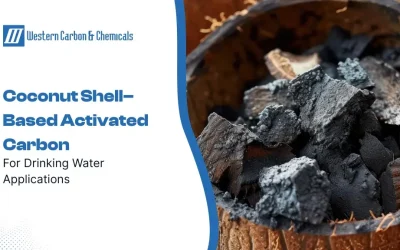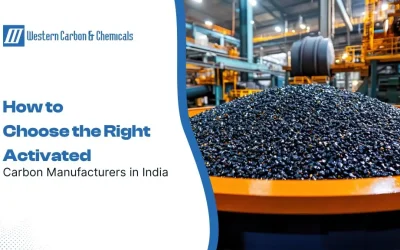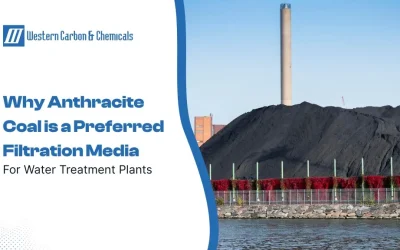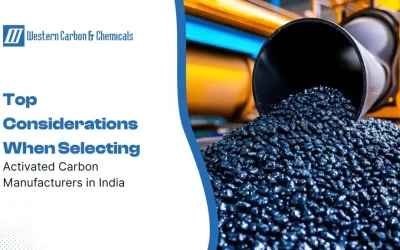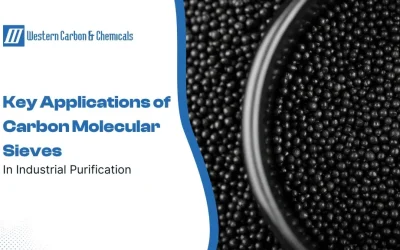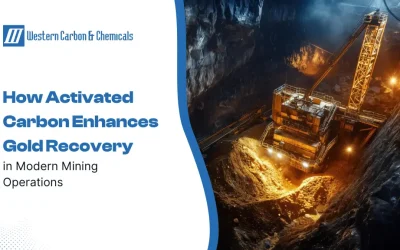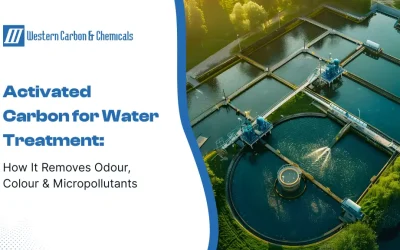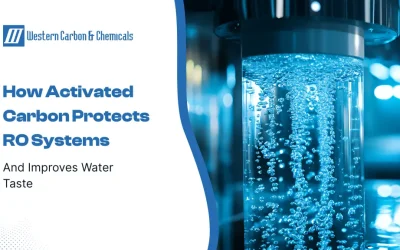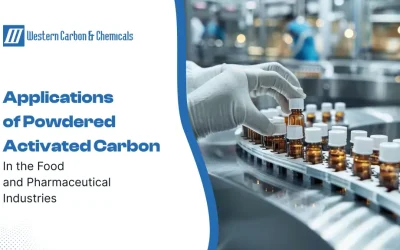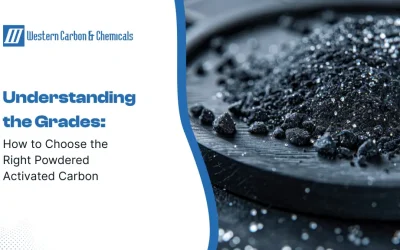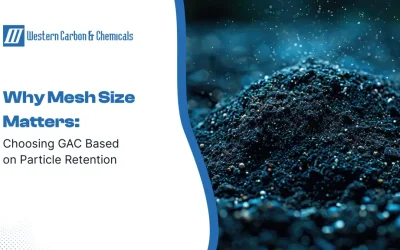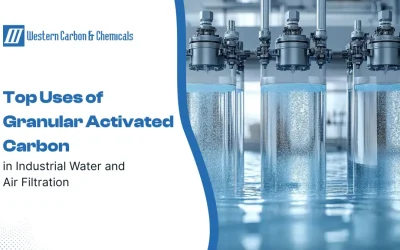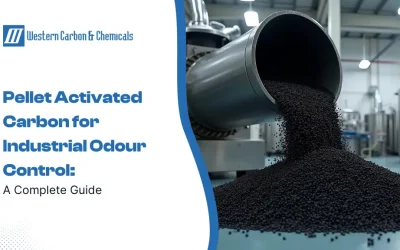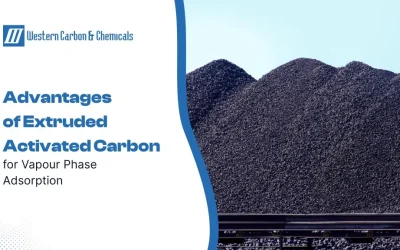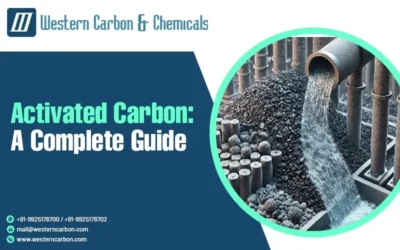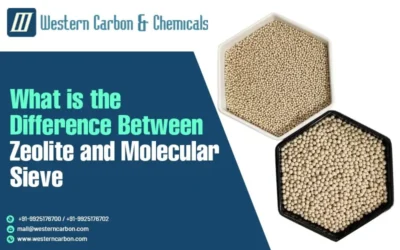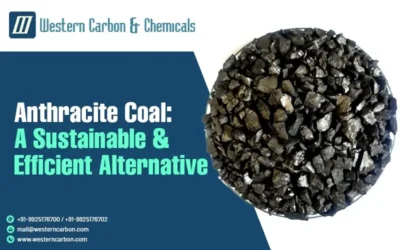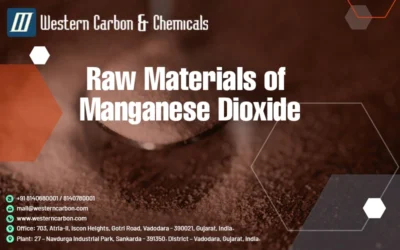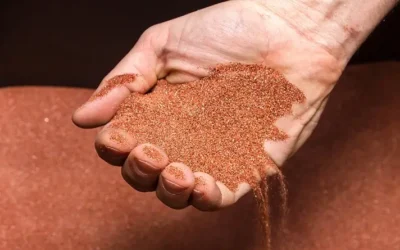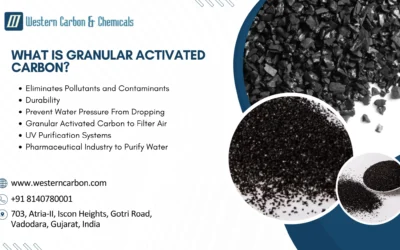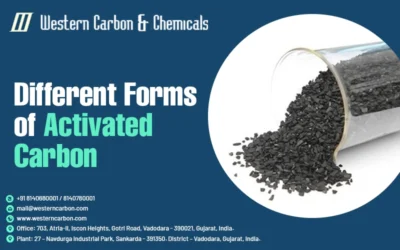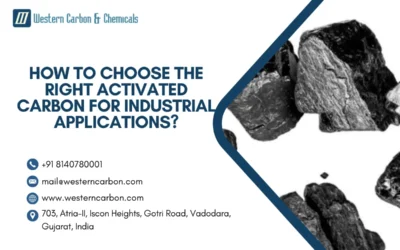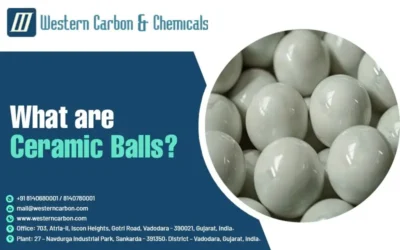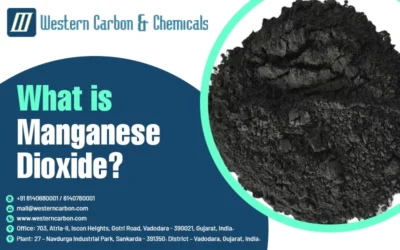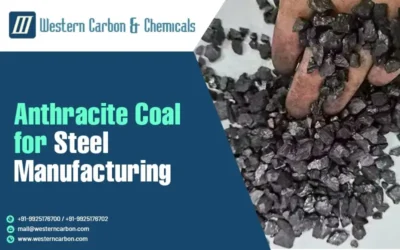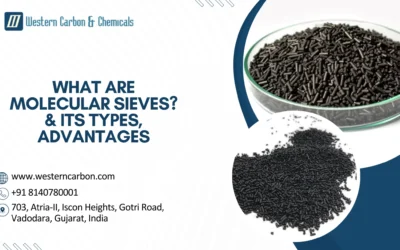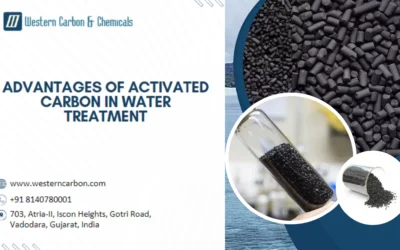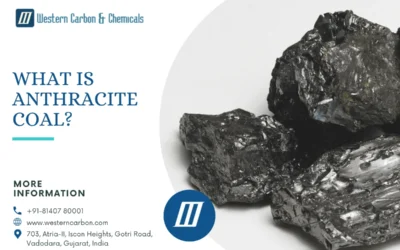OUR BLOGS
Carbon Solutions. Industry
Trends. Expert Advice.
Coconut Shell–Based Activated Carbon for Drinking Water Applications
Introduction to Activated Carbon in Water Purification Drinking water purification is a silent yet vital process that occurs long before the water reaches your faucet. At the heart of many purification systems lies activated carbon — a remarkable adsorbent that...
The Role of Anthracite in Modern Water Treatment Systems
Understanding the Evolution of Water Treatment Systems Water treatment systems have undergone a profound transformation over the decades. What began as rudimentary sedimentation and boiling has evolved into sophisticated, multi-stage purification frameworks. Modern...
How to Choose the Right Activated Carbon Manufacturers in India
The Rising Demand for High-Quality Activated Carbon In today’s industrial landscape, activated carbon has become an essential material for water purification, air filtration, and chemical processing. As industries grow, the demand for reliable and high-performance...
Why Anthracite Coal is a Preferred Filtration Media for Water Treatment Plants
Introduction: The Growing Importance of Filtration Media Modern water treatment plants require filtration media that combine efficiency, durability, and sustainability. Anthracite Coal has become a preferred choice due to its exceptional filtration capabilities and...
Top Considerations When Selecting Activated Carbon Manufacturers in India
What is Activated Carbon and Its Industrial Significance Activated carbon is a highly versatile adsorbent used to remove impurities from liquids and gases across industries. Its applications range from water purification and air filtration to industrial effluent...
Key Applications of Carbon Molecular Sieves in Industrial Purification
What are Carbon Molecular Sieves (CMS) Carbon Molecular Sieves are specialized adsorbents crafted from carbon-rich materials and refined through controlled activation processes. They are designed to separate gases with minute differences in molecular size. Unlike...
How Activated Carbon Enhances Gold Recovery in Modern Mining Operations
In the world of modern mining, efficiency and environmental responsibility are crucial. With gold prices soaring and demand showing no signs of slowing, mining companies are under constant pressure to extract more from less. One of the most impactful innovations in...
Activated Carbon for Water Treatment: How It Removes Odour, Colour & Micropollutants
Access to clean and safe drinking water is a fundamental human right, yet many parts of the world still struggle with contaminants that compromise water quality. One of the most effective and widely used solutions in modern water purification systems is activated...
How Activated Carbon Protects RO Systems and Improves Water Taste
Reverse Osmosis (RO) systems are one of the most reliable and widely used technologies for water purification. Whether for residential, industrial, or commercial applications, RO systems effectively remove a vast array of contaminants. However, their performance and...
Applications of Powdered Activated Carbon in the Food and Pharmaceutical Industries
Powdered activated carbon (PAC) is a vital component in many industries, thanks to its exceptional adsorption capabilities. Among its most critical applications are in the food and pharmaceutical sectors, where purity, safety, and product consistency are...
Understanding the Grades: How to Choose the Right Powdered Activated Carbon
When it comes to efficient filtration and purification across a range of industries, powdered activated carbon (PAC) stands out for its high adsorption capacity and versatility. From drinking water treatment to pharmaceuticals and food processing, PAC is widely used...
Why Mesh Size Matters: Choosing GAC Based on Particle Retention
In water and air filtration systems, granular activated carbon (GAC) is renowned for its ability to remove a wide range of contaminants. However, its effectiveness isn’t determined solely by its chemical properties. One physical factor that significantly impacts...
Top Uses of Granular Activated Carbon in Industrial Water and Air Filtration
Granular activated carbon (GAC) is one of the most widely used filtration materials in industrial applications. With its large surface area, high adsorption capacity, and physical strength, it effectively removes a broad range of contaminants from both water and air....
Pellet Activated Carbon for Industrial Odour Control: A Complete Guide
Industrial operations often generate unpleasant and hazardous odours, especially in sectors like wastewater treatment, chemical processing, food production, and pharmaceuticals. These odours can affect worker comfort, nearby communities, and compliance with...
Advantages of Extruded Activated Carbon for Vapour Phase Adsorption
Extruded activated carbon is becoming the material of choice for many vapour phase adsorption applications across industrial sectors. From solvent recovery and odour control to air purification and VOC removal, it provides a powerful and efficient method to clean air...
What Is Activated Carbon
Activated carbon is renowned for its versatility as a purification agent, improving air and water quality. It is also widely used in different applications like removing undesirable substances from liquids & gases, gold recovery, to soil remediation. If you want...
What is the Difference Between Zeolite and Molecular Sieve
Zeolite and molecular sieves are adsorbent materials that are used interchangeably. A molecular sieve is a type of zeolite that is used for its microscopic sieving ability within the material. But how are both these materials different? Let's find out. Discovery of...
Anthracite Coal: A Sustainable and Efficient Alternative
As the world shifts to sustainable and eco-friendly, anthracite coal is highly demanded for diverse applications. It is the highest grade of carbon with nearly 98% calorific value and low moisture and sulfur. Due to reduced impurities, it burns clean and for an...
Raw Materials of Manganese Dioxide
Managanese dioxide is commonly used for the manufacturing of glass, insulators, batteries and ceramics. It is a strong oxidizing agent that is also used in the production of zinc and aromatic chemicals, as well as water purification ans wastewater treatment industry....
Garnet Abrasive – Production, Uses, and Its Advantages
Garnets are opaque minerals found in crystal form. They are commonly reddish but come in a variety of colours and compositions. These minerals are from the nesosilicate family and are of different colours due to various elements in the crystal structure. Garnets are...
Granular Activated Carbon: Uses and Benefits
In recent times, people have understood the importance of cleanliness and sanitation. This being said, the emphasis on filtration has gained an immense reputation. There are various filtration methods; one of the most popular techniques is activated carbon. You can...
Different Forms of Activated Carbon
Activated carbon is a high-purity carbonaceous material with a large surface area and microscopic structure. It is manufactured with high-carbon materials like wood, bamboo, coconut shells, coal, etc. Activated carbon is often supplied in different forms, such as...
How to Choose the Right Activated Carbon for Industrial Applications?
Activated carbon is a widely used material for diverse applications across industries. Many manufacturers ofactivated carbon manufacturers in world offer a variety of activated carbon types and grades for specific requirements. Selecting the right activated carbon is...
What are Ceramic Balls
Ceramic balls are spherical balls made from ceramic materials. They offer high stiffness, enhanced corrosion resistance, lower thermal expansion, and stability in diverse applications ranging from water treatment to catalyst support and aerospace bearing. In this...
Activated Carbon In Gold Recovery Applications
Activated carbon is widely used as an absorbent in the gold processing industry. Its high surface area, microporous structure and exceptional hardness make it an essential product in carbon-in-leach (CIL), carbon-in-pulp (CIP) and carbon-in-column (CIC) operating...
What is Manganese Dioxide?
Manganese dioxide (Mn02) is a highly versatile compound that is used for water treatment, water softening, iron removal, and other industrial manufacturing processes. Manganese dioxide is an indispensable organic compound for diverse applications across different...
Anthracite Coal For Steel Manufacturing
Anthracite coal is known for its high carbon content (up to 92 to 98%) and low impurities. It burns clean and is hotter than other types of coals. The steel manufacturing industry relies on anthracite coal to melt iron ore and produce steel. In this blog, we discuss...
Everything You Need to Know About Molecular Sieve: Meaning, Type, Advantages & Work
Molecular sieves or zeolites have tiny pore structures within themselves. These materials are specialized and developed to absorb molecules based on their shape, size and polarity. Molecular sieves play a crucial role in different industries. They are extensively used...
Advantages of Activated Carbon in Water Treatment
Activated carbon is one of the most powerful and efficient materials prolifically used in different water treatment systems. Its unique micro-porous structure, high surface area, and adsorptive properties allow it to trap contaminants within its structure effectively....
Everything You Know About Anthracite Coal
Anthracite coal is one of the best and most efficient sources of fuel. It is a prominent smokeless coal available in the market for heaters, boilers and cookers, known for its consistent performance and versatility. This blog will explore what is Anthracite Coal, its...


